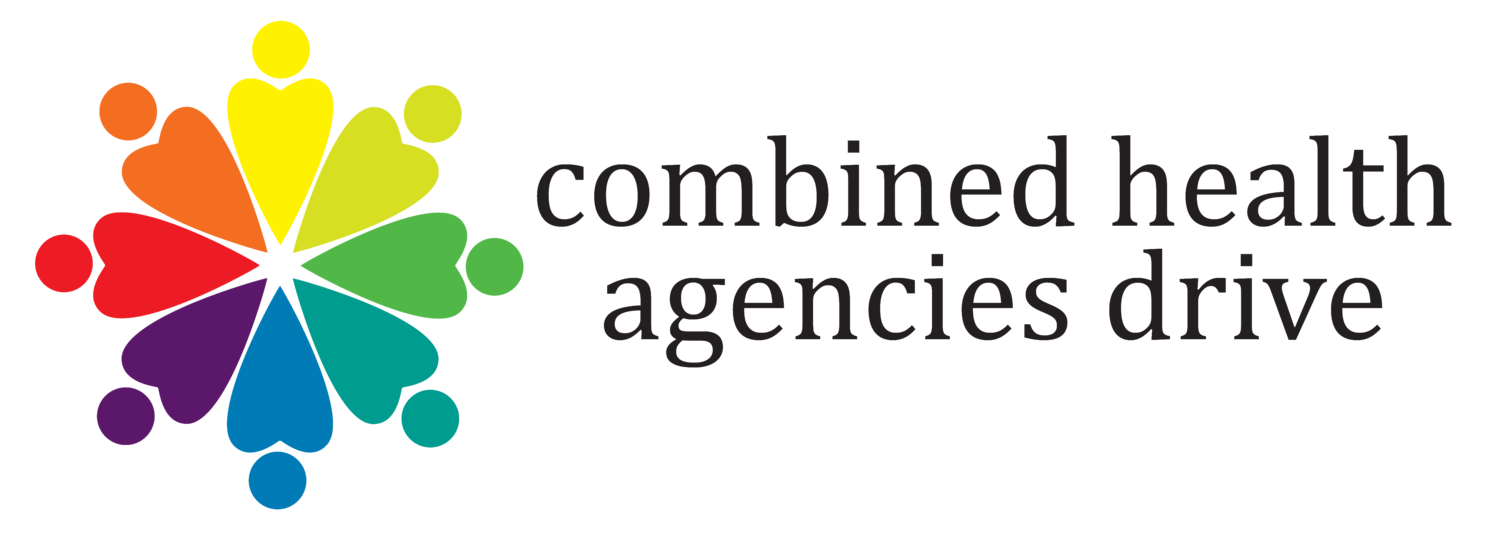From the NICU to CHAD: A Journey of Survival and Advocacy
I’m Mark Feit, the Lincoln Director for CHAD. I first was connected with CHAD when I was recruited to the speaker’s bureau as a March of Dimes speaker. I was born 10 weeks premature in 1975, at 3 pounds 10.5 ounces. And in 1975, a baby born that premature didn’t have a good chance of survival. When I was born, one of the first things the NICU nurses told my mom was “if you need any help, the March of Dimes is there.”
My mother is a retired RN and worked as a home health and hospice nurse for 12 years. After that, she worked for 8 years at the Nebraska Health Care Association, the parent organization of our member agencies: the Nebraska Health Care Foundation and (at that time) the Nebraska Hospice and Palliative Care Association. They work on the state level to advocate for their members for end of life care, and also train those in that caregiving role.
My mother-in-law is a breast cancer survivor, and my father in law is a Lymphoma survivor. My Grandmother is a cancer survivor, and we lost her sister, my Great-Aunt and third grandmother, in 2015 at 91 to her FOURTH battle with cancer. The rates of survival for cancer now are at two out of three, because of the great work of organizations like the Leukemia and Lymphoma Society, and Susan G. Komen.
Prior to my position at CHAD, I spent three years working for the Alzheimer’s Association. But I didn’t just work there, my wife’s grandmother Agnes lived with dementia in her final years. Alzheimer’s Disease is the most common form of dementia, and it’s the 6th leading cause of death in the US, and of the top 10, the only one with no known cure, treatment, or preventative available. Everyone that has Alzheimer’s either dies from it, or with it. I got married in June of 2013, and a month later was at my wife’s family reunion. Bailey was showing her grandmother pictures of our wedding day. From across the room, I could see from her face that Grandma didn’t remember that day-and how heartbroken my wife was, and how courageously she fought back tears to keep a happy face.
Finally, in the fall of 2010, I got sick- three times in a row. I was ill for about 6 weeks. After that, I started to lose weight rapidly for no reason. (Growing up as a fat kid, that was the greatest feeling ever!) I weighed 223.5 at my heaviest, and had dropped to 188 by February of 2011. I was also getting up to pee every hour or two all night long, and was always weak and tired. After finally listening to my mother and going to the doctor, I was diagnosed with type 2 diabetes. My blood sugar was so high that my body could not process that glucose for energy and was literally eating my muscles to survive. Eight years later in 2019, my glucose levels were staying stubbornly high. So I made an appointment with an endocrinologist, and in January of 2020 was “upgraded” to a Type 1 diabetes diagnosis. I went to jdrf.org (now Breakthrough T1D) and signed up for an adult diagnosis kit, and connected with other local type 1’s to whom I could ask questions. Imagine living with a disease where the same medication that allows you to live can kill you if you take too much. That’s my reality. And if my long acting insulin randomly hits a blood vessel and turns fast acting? That’s a day’s work of dosage (or 3 cinnamon rolls!) at once. When a hypoglycemic event hits and you can’t think, see, talk or move, it’s terrifying. I am blessed to have this disease at a time when technology has made it easier to manage. The Continuous Glucose Monitor (CGM) I wear on my arm gives me the data to know how what I eat affects my body. It warns me of severe highs and lows. And while I don’t currently use an insulin pump, I know eventually I will. And when that time comes, the technology will be even better. And because of the dollars Breakthrough T1D invests in research, there are clinical trials going on TODAY that are testing out actual prospective cures to this disease. Thinking about one day eating a slice of pizza with no guilt- or going to a restaurant and ordering anything I want without thinking about how much insulin it would take, fills me with joy. And while I truly hate living with Type 1, the truth is, it’s made me the healthiest I’ve ever been. I’ve managed to maintain a weight around 180 for the last 10 years and exercise every day.
I am one of the roughly 50% of Americans living with a chronic illness. For me, every day can be a struggle. But through the donations that come to CHAD, we can impact not just the 7 member agencies that are immediately connected to me, but all 23 that help our friends and neighbors who may be having the most difficult day of their lives. I am honored to work for CHAD.

